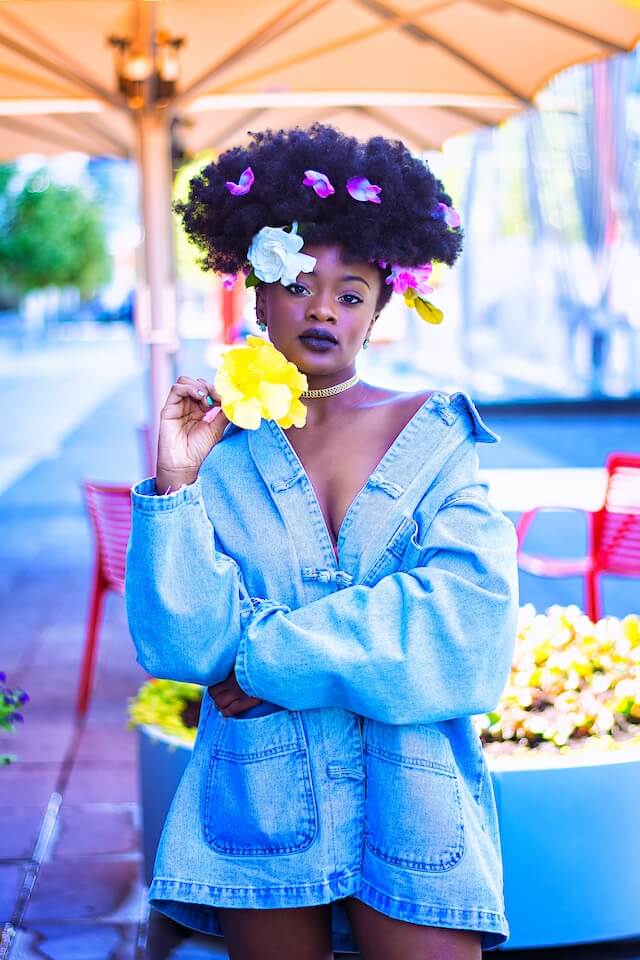In today’s digital age, working with influencers has become a vital way to expand your brand reach, create awareness, and drive more traffic to your website or business page. But how do you decide who’s the right fit for your business? Let’s break it down.
Types of influencers
Before you embark on finding the right influencer for your business, it’s essential to understand the five types of influencers:
Mega-influencers
Any influencer with a million plus followers on any social media platform is considered a mega-influencer. Due to the high number of followers, mega-influencers usually charge high fees. While they may attract a lot of attention, their audiences tend to be very broad, making them ideal for businesses catering to a diverse clientele. Think telecommunication companies, household products, housing, building and construction, cars, tech products, etc.
Examples of mega-influencers in Kenya:
- Erick Omondi
- Akothee
- Njugush
- Azziad
Macro-influencers
Macro-influencers usually have followers between 100,000 to a million. They tend to have a narrower focus than mega-influencers, making them more affordable and appropriate for small businesses. They are perfect for niche products such as gender-specific products. Here are some examples of macro-influencers in Kenya:
- Murugi Munyi aka Yummy Mummy
- King Kalala
- Bien-Aime Baraza
- Flaqo
Micro-influencers
Micro-influencers usually have followers ranging from 10,000 to 100,000. Their niche interest and loyal but smaller audience mean they can deliver high engagement at a lower cost. Here are some examples of micro-influencers in Kenya:
- Shiko Nguru
- Stephanie Nganga
- Muchiri Mike
- Victor Peace
Nano-influencers
Anyone with a following of 1,000 to 10,000 followers is considered a nano-influencer. While their reach is tiny, their impact can be significant. They often have highly engaged and close-knit communities. They are often ideal for grassroots marketing.
Industry Experts
Industry experts are influencers who have gained credibility and trust in a specific field. Their followers can vary from millions to just a few thousand. However, they have a highly targeted and relevant audience. These influencers can be particularly valuable for businesses in niche markets. Here are some examples of industry experts:
- Susan Wanjiku – financial consultant
- Moses Kihuga – medic

What to consider when choosing an influencer
Reach to engagement ratio
The secret to influencer success lies in the reach-to-engagement ratio. Reach is the number of followers an influencer has, while engagement refers to the number of likes and comments an average post receives. The lower this ratio, the better.
To calculate this, use the simple equation: divide their average number of likes and comments by their follower count, then multiply by 100.
For instance, an influencer with 50,000 followers and an average of 1,000 likes per post has a ratio of 2%, which is more desirable than an influencer with 100,000 followers and only 500 likes per post. This ratio can help you gauge how engaged an influencer’s audience is and how likely they are to respond positively to your product.
Cost of sponsorship
Choosing the right influencer also depends on your campaign goals and what results you expect. Costs vary widely, from a few thousand to tens of thousands. For example, mega-influencers may charge way higher compared to micro-influencers. It is, therefore, essential to select audiences whose cost is reasonable to your business. At the very least, ensure that the influencer’s content reflects your brand values and that past collaborations show no apparent conflicts.
Authenticity
An influencer’s relationship with their audience is based on authenticity and trust, so it’s vital that the relationship with your brand feels authentic, too.
Ensure that there’s a genuine connection between the influencer and your product or service. Look at the content they post; does it reflect your brand values? Are they posting about topics related to what you’re selling? How do the followers engage with the influencer’s content? Are there examples of previous partnerships and collaborations?
If what you see aligns with your marketing objectives, then that’s a good sign. If not, maybe it’s best to keep looking.
Relevance
Relevance refers to how well your brand aligns with what the influencer discusses or posts on social media. For example, if you sell cars while the influencer shares makeup tutorials, they may not be an excellent fit for your business.
If you give a deal to an influencer who is not relevant to your business, the campaign might flop as their audience sees it as an advertisement.
Set clear Expectations for the campaign
Know your campaign goals and what resources you’re willing to invest. Setting clear expectations will guide you when negotiating contracts with influencers. Don’t be afraid to ask questions about engagement rates and previous work. Understanding your goals will help you choose influencers that align with your brand’s objectives.
Mix Up Your Strategy
Don’t limit yourself to one type of influencer. A mix of micro-influencers, macro-influencers, nano-influencers, and industry experts can be a winning strategy, especially if your goal is to boost sales. Mixing your tactics can lead to greater success.

FAQ: Navigating the World of Influencer Marketing
Q1: What is the difference between micro-influencers and nano-influencers?
Micro-influencers typically have followers ranging from 10,000 to 100,000, while nano-influencers have an even smaller following, usually fewer than 10,000. Nano-influencers often have highly engaged, niche audiences, while micro-influencers have slightly larger but still focused followings.
Q2: How can I identify an industry expert influencer?
Industry experts are influencers who have established credibility in a specific field. Look for influencers with a deep knowledge of their industry, a history of relevant content, and the respect of their peers in that field.
Q3: What should I consider when evaluating an influencer’s authenticity?
To assess authenticity, consider the influencer’s motivation, content choices, engagement with their audience, and values alignment with your brand. Ask about their content creation process, values, and how they handle negative feedback.
Q4: How do I find an influencer’s engagement rate?
Calculate an influencer’s engagement rate by dividing their average number of likes and comments by their follower count, then multiply by 100. A lower engagement rate often indicates a more engaged audience.
Q5: Is it better to work with one type of influencer or a mix of different types?
The choice depends on your marketing goals. A mix of influencers can often be more effective. Micro-influencers and nano-influencers can connect on a personal level with a smaller, dedicated audience, while macro-influencers may give you broader exposure.
Q6: Should I only collaborate with influencers in my specific industry?
Not necessarily. While relevance is crucial, influencers from related industries can also be effective. What’s most important is that the influencer’s content and values align with your brand and target audience.
Q7: How do I ensure an influencer’s audience is genuine and not filled with fake followers?
Request the influencer’s audience demographics and look for consistency in engagement across their posts. You can also use social media analytics tools to assess their follower authenticity.
Q8: How do I negotiate with influencers on costs and terms?
Negotiations with influencers should be based on your campaign goals, budget, and the influencer’s market rates. Be transparent about your expectations, and don’t hesitate to ask questions about pricing, deliverables, and post schedules.
Q9: What is the best way to measure the success of an influencer marketing campaign?
The success of your influencer marketing campaign can be measured through key performance indicators (KPIs) like website traffic, sales conversions, engagement rates, and social media growth. Clearly define your goals before the campaign to determine success.
Q10: How can I ensure my influencer marketing campaign remains compliant with regulations?
Ensure that your influencers follow guidelines for disclosure, particularly on sponsored content. Familiarize yourself with local and international advertising standards and provide clear instructions to influencers about the use of proper disclosures.
Final Thoughts!
In the world of influencer marketing, finding the perfect match for your business is like discovering a hidden treasure. It requires careful planning, research, and a deep understanding of your marketing objectives.
A strong social media presence is essential for today’s businesses, and the right influencer can be your ticket to success. It is best to take the time to ensure your business goals align with the influencer of your choice. The chosen influencer must share your vision and, therefore, contribute to your business success.

